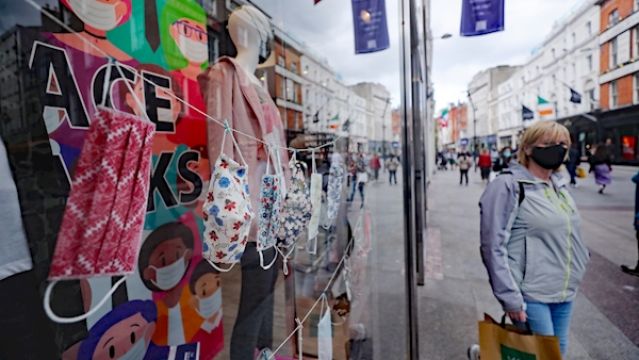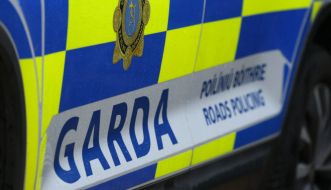The Taoiseach has described the new plan as a framework for rapidly managing outbreaks when they occur while restoring more of the economic and community life of the country.
Here is the plan in full.
Alert levels
, a graded response to the level of virus circulating in a region, is at the centre of the Government's new plan for living with the virus and consists of five levels.
until October 4th, with some extra restrictions in place for the capital.
are as follows:
- are reduced as no more than two households should meet at any given time, and people should have a maximum of six visitors from one other household to their home. Socialising can continue at indoor or outdoor public venues, but only with people from their own household or one other household, and in groups of no more than six.
- not serving food should remain closed beyond September 21st.
- should consider enhanced protective measures.
- should be limited by those living in Dublin, and Dubliners should only meet one other household when outside the county.
Overseas travel
from the European Commission will be "broadly" supported by the Government, with work underway to finalise an approach.
, depending on their incidence of the virus, will supersede Ireland's current "green list" model and the country's travel advisory will be updated in line with the plan once it has been agreed by the European Union.
Gatherings
The "majority" of areas of the economy and society, including , will remain open at Level Two.
, visitors from one other household only or up to six visitors from no more than three other households are permitted.
, members of different households can continue to meet socially with up to six people indoors or 15 outdoors from no more than three other households.
, up to 50 guests can attend a ceremony and reception. can house up to 50 worshipers, while can be attended by up to 50 mourners.
Organised events
with a named event organiser, owner or manager are deemed a “controlled environment" and can take place with limited numbers at Level Two.
of this type, up to 50 patrons are permitted in groups of no more than six people, with arrangements to ensure no intermingling of groups. For larger venues, up to 100 patrons will be permitted where strict two-metre seated social distancing and one-way controls for entrances and exits can be implemented. For “very large” purpose built event facilities, specific guidance will be developed to take account of size.
, up to 100 patrons will be permitted for the majority of venues. For outdoor stadia or other fixed outdoor venues with a minimum accredited capacity of 5,000, up to 200 patrons will be permitted.
can open with specified protective measures in place and a maximum number of attendees linked to the capacity of the establishment. will remain closed.
Sports
can take place at Level Two in pods of up to 15, with exemptions for professional, inter-county and senior club championship teams. , including exercise and dance classes, can take place in pods of up to six with the same exemptions.
, up to 100 spectators can attend outdoors and 50 indoors. Up to 200 spectators will be permitted for venues with a capacity of at least 5,000.
can open with protective measures.
Daily life
should be facilitated if possible at Level Two.
, face coverings must be worn, capacity must be limited to 50 per cent, and peak hours are reserved for essential workers and purposes only.
has no restrictions in place.
should "exercise judgement" regarding the extent to which they engage with others and in activities outside home, with specific guidance set to be provided.
Business and economy
will remain open to new entrants or those laid off for a second time until the end of the year.
will remain in place until March 31st of next year.
Healthcare
in critical care units and hospital wards are among new measures to improve health services during the pandemic.
will be widely distributed and offered at no cost to all at risk groups including children under 12.
will see several thousand new people hired to staff the system throughout a winter of expected high demand.
, such as screenings and care, will be supported.
has been allocated for the 2020 Winter Initiative to ensure that the health service has the capacity and resources to deal with "challenging" coming months.
, there will be a national plan to increase supports.
Decision-making
providing public health advice to Government will remain the National Public Health Emergency Team (NPHET).
chaired by the Secretary General of the Taoiseach's Department will coordinate proposals for acting on public health advice, while permanent coordination between Departments will be enhanced.







